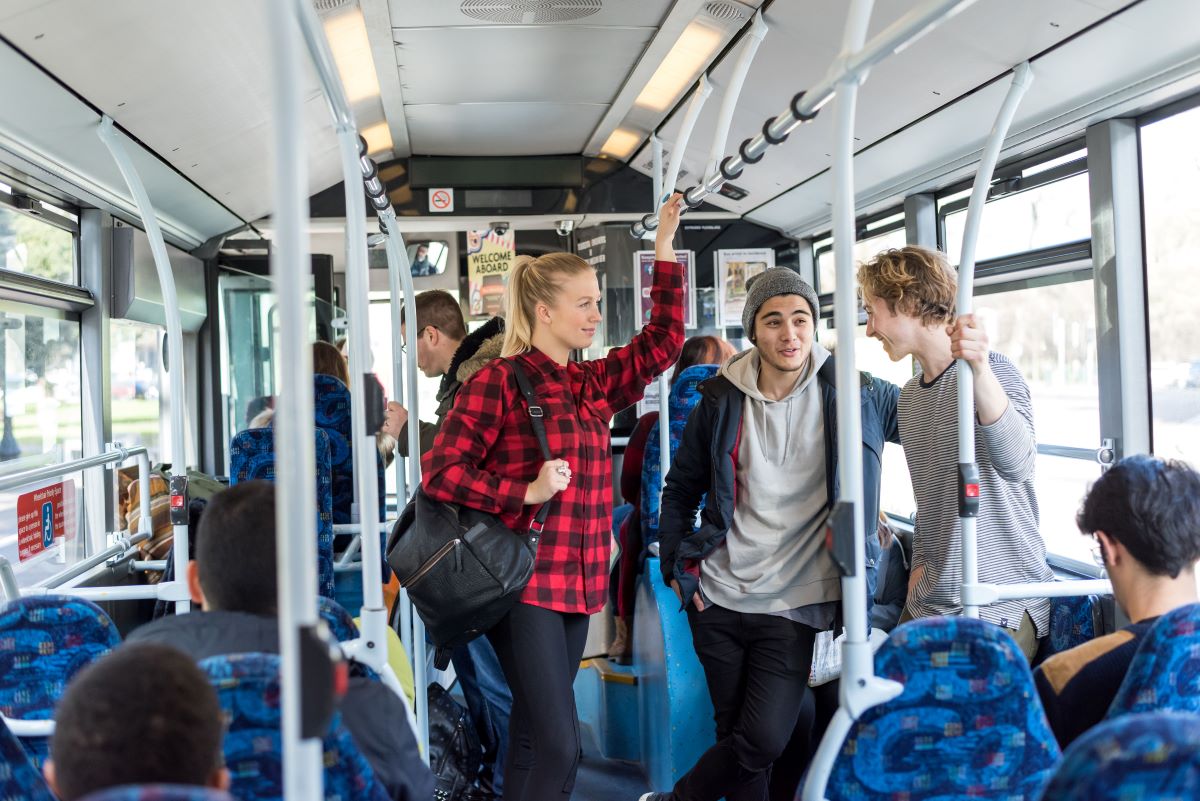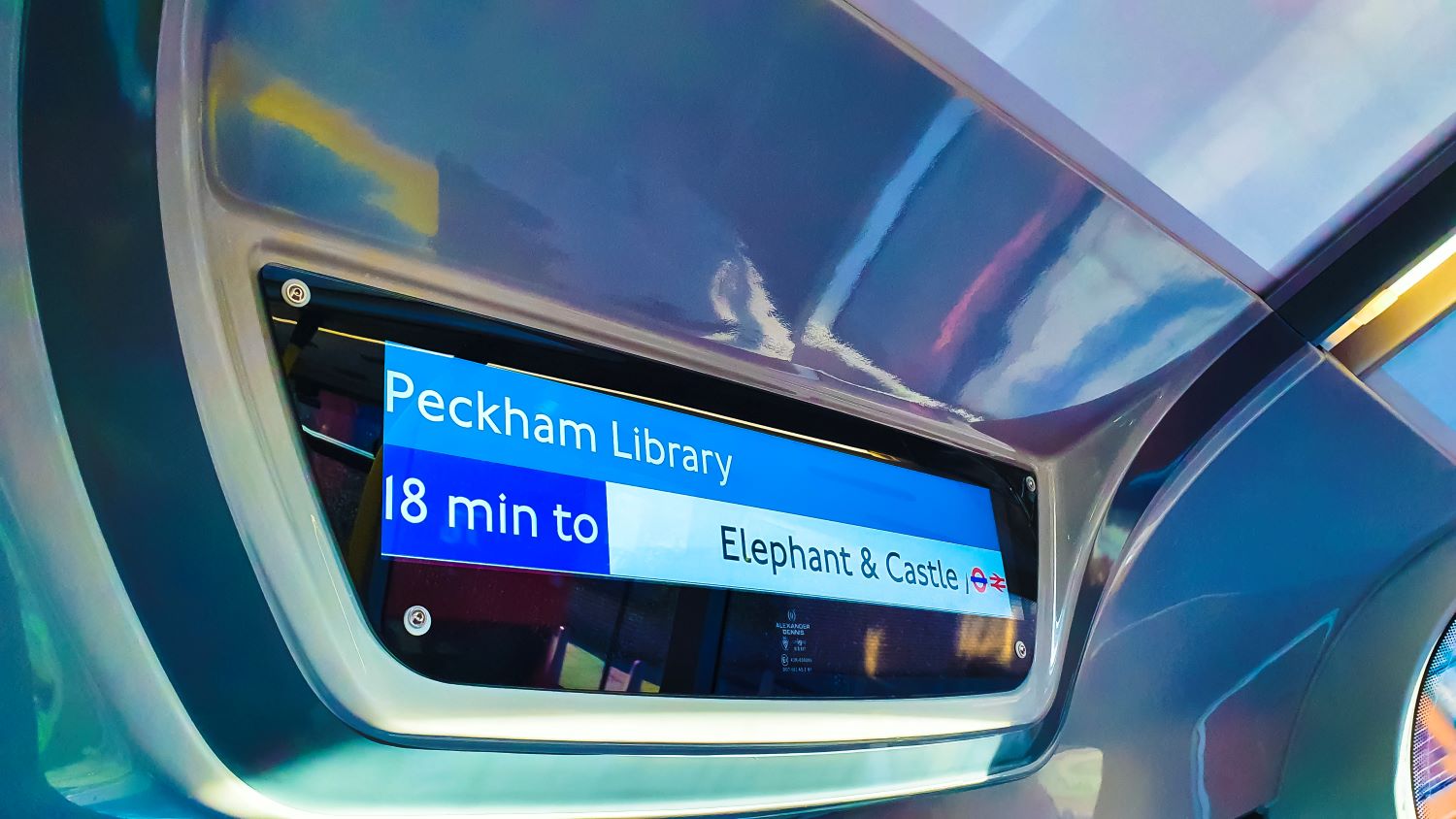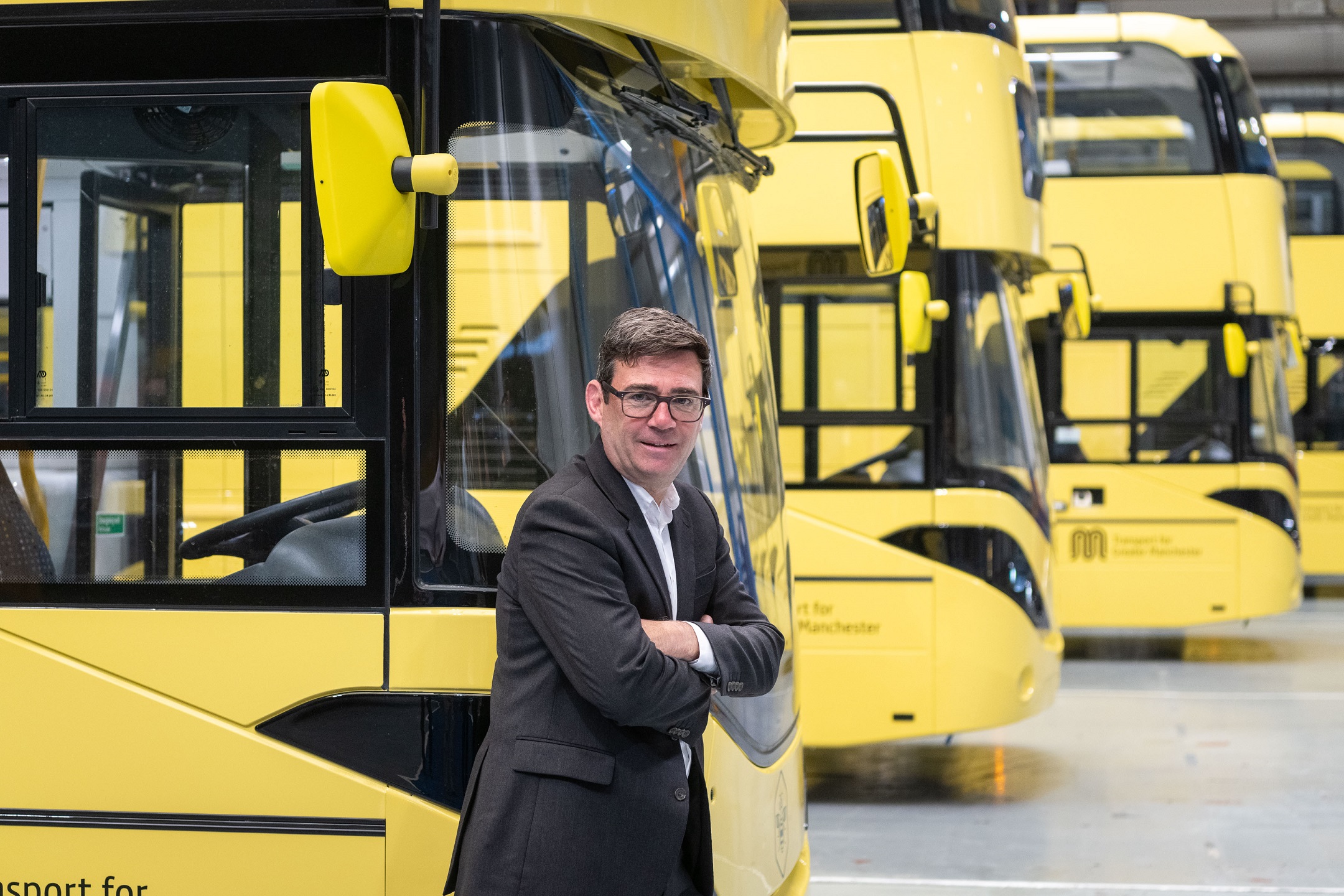We look at what are seen as the main elements in increasing patronage and what’s being done in Ireland to get people back on board
As a new monarch was crowned in 1953, British people travelled an average of 3.2 miles a day on coaches and buses. By the end of the reign, this had sunk to less than a mile.
The blame lies not with Queen Elizabeth II, of course, but with the ascent of the car. The same Department for Transport (DfT) statistics, when comparing modal transport share, give 42% for coach and bus and 29% for car, vans and taxis 70 years ago. For 2018, the respective figures were 4% and 84%.
No one is expecting the car’s supremacy to be challenged and for bus to return to such glory days — any time soon at least. However, the sector is constantly asking itself how we can get some of those people back on board.
The decrease of coach and bus usage, which held quite steady between the mid-eighties and 2010, was resumed with a 22% drop over the next eight years. The COVID-19 pandemic, of course, further worsened the problem, with local bus passenger journeys dropping from 70 per person per year in the 2019-2020 financial year to 27 the following and picking up to 48 for 2021-2022.
While pandemic restrictions are long gone, surveys reveal that the fear of public transport among older people lingers, while changing work and leisure habits among the whole population also continue to have an effect.
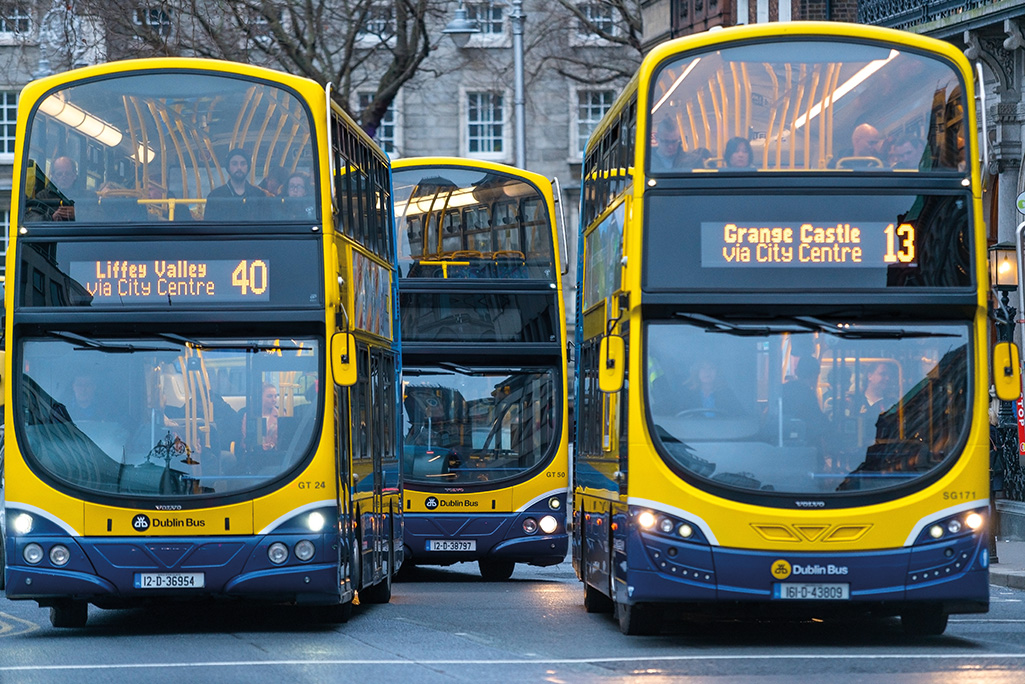
The Irish success story
However, decline in bus usage does not appear inevitable if we look across just the water to the Republic of Ireland. Central Statistics Office figures show bus passenger journeys outside Dublin in the first six months of 2023 were 22% higher than the first half of 2019. For inside Dublin, the rise was 7.5%.
The bus operation in Ireland is largely state-owned. Bus Éireann and Dublin Bus are two of the three big operators and are publicly owned. In 2017, the National Transport Authority (NTA) awarded Go-Ahead Ireland, a subsidiary of the UK group, the tender to run 10% of the network in the capital under contract.
Public service-obligation (PSO) contracts are awarded to smaller operators on a local level. NTA is the rough equivalent of Transport for London, setting routes, fares and timetables.
Dermot O’Gara, NTA Head of Public Affairs, points to several possible reasons for the increase in bus use in the country. In February 2022, fares were reduced by 20% on PSO services as part of a package of cost-of-living measures from the Irish Government. This was in addition to the introduction of a 50% discount for under-24s. “We saw an immediate increase in passenger numbers after that,” Dermot tells routeone.
Further, in contrast to England’s £2 single fare cap, which only benefits passengers who are on one bus for long enough, Dublin has a “90-minute” fare, allowing for connections over a set time period between urban bus, tram and rail services for just €2. “I think the big selling point on that is simplicity,” says Dermot.
He adds: “Since the end of 2021, we’ve been investing in services. There are more buses and more services in the subsidised bus sector than there were in 2020. We have completely redesigned the Dublin bus network; we’re introducing that in phases with an increase in service levels, more departures early in the morning and late in the evening and more 24-hour services. And the public have responded very positively to that.”
Outside of the capital, the Connecting Ireland programme, which was launched in 2020, has been having a great effect, according to NTA. “It’s increasing connectivity between regional towns and villages where there’s either never been public transport before or it was very limited,” he points out.
“Whereas previously buses were particularly useful to a particular demographic maybe who were time-rich or older, they’re now being used by people going to school, college, work and those going socialising to the extent it never was before.”
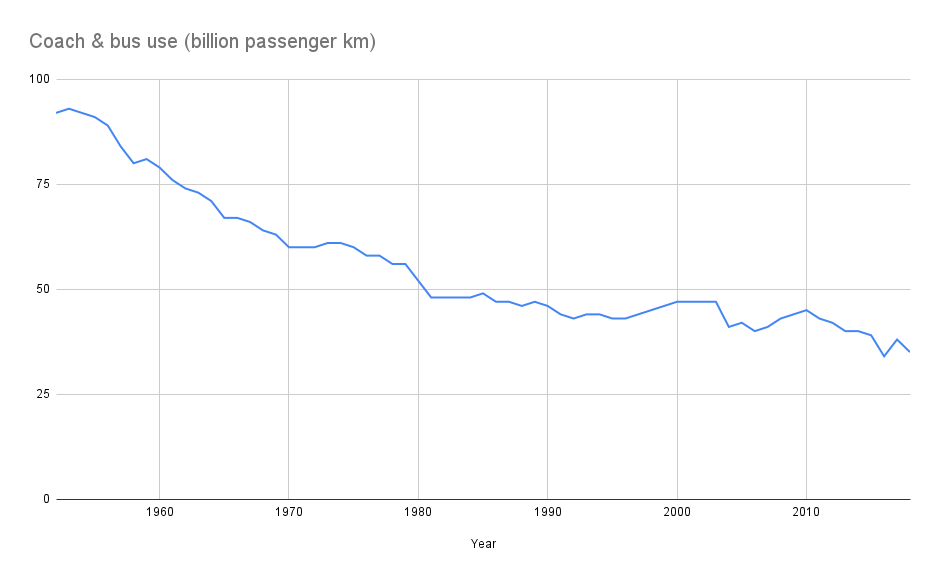
Five keys for progress
Touching on some of the winning strategies seen in Ireland was Confederation of Passenger Transport (CPT) Chief Executive Graham Vidler in a webinar last month on “The future of buses”, held by Landor Links in partnership with SYSTRA.
He highlights his five keys to success for increasing patronage. The first of these is improving passenger satisfaction. Transport Focus’s Bus User Survey shows the sector delivers consistently at above 80% “fairly satisfied”, but Graham says he would like to see those in the “very satisfied” category pushed above the commonly seen level of around 30-40%.
The second issue to improve on, he says, is availability and frequency of services, which suffered a dip in the 2010s and again during the pandemic. He believes we should invest in more frequent “flagship” services that passengers know they will see every 5-10 minutes on key urban corridors. However, he also recognises the negative consequences of the loss of rural services.
“DfT promised in the National Bus Strategy a measure to develop socially and economically necessary services which two years later still hasn’t moved on,” he says. “We think it urgently does need to move on. We will be conducting some research later this year to try to guide that guidance and to identify some rules for how you might deliver more and better bus services in some of those more remote locations.”
Bus speed was seen as a third possible area for enhancement. Average speed in England outside of London fell from 11.7mph by 3.5% between 2014-15 and 2022, according to research from 2FM, and this followed previous decline. That most recently seen drop ties up around 600 vehicles and costs the industry around £130 million, according to the CPT CEO.
Point number four was that clearer pricing is needed, with a survey showing that the public overestimate the cost of a bus ticket. That does not necessarily mean using flat fares, he explains, adding that price capping could be one ploy.
The carrot and the stick
Graham’s fifth element of success is frustratingly out of the hands of the industry and highlights the role of outside forces in changing modal share. Transport Focus’s Motivations and Barriers to Bus Usage survey in March indicated that “I prefer to travel by car” was by far the most popular common reason the public don’t use the bus, with 70% listing it as one of their answers.
Graham says: “We need to recognise that, however much we improve bus services, the infrastructure on which they operate and market them to passengers and potential passengers, people really, really like their cars.
“Let’s be honest, if you’re going to use the bus and you’re a car owner, you have to walk past your car which is parked outside your door in order to get to the bus stop.
“So, I think what we need is policies within each local area which complement bus policies and which make driving meet a fairer share of the costs it imposes on everybody else — whether that’s action on parking charges, parking in the workplace, congestion charging, I think there is a real challenge for us to complement all of the great stuff we’re doing on transforming buses with some action on making car travel a little bit less attractive for some journeys.”
Regulatory set-ups
Introducing tendered contracts has been another plus for Dublin, Dermot claims. “It would certainly be the NTA’s view that it has improved overall service levels and introduced a competitive tension into the market, which we think it ultimately good for our customers,” he says.
Amid constant debate in the UK around franchising, it is important to note Ireland presents a second alternative to wholly commercial services. Of the mix of public and private there, he says: “We think it’s a good balance that has worked for us.”
With regards to the franchise argument, London’s public transport is often seen as a positive model for the rest of the UK. Policy aside, the extensive Underground system and difficulty of using a car no doubt contributed to the capital totting up 233 bus journeys per capita per year pre-pandemic compared to the 70 per person for English metropolitan areas and 42 for England outside London, according to DfT figures.
Reregulation is often put forward as a magic bullet, but Tom Cunnington, TfL’s Head of Bus Business Development, says: “The TfL official view has always been and continues to be that it’s up to individual operators and authorities to find a model which works best for them.
“We’ve been really clear that the model in London has worked successfully for us for 20-plus years in having a contracted model where we set the specifications and we let the operators take the responsibility and accountability for delivering it day to day. That’s worked well generally for us.
“It’s not perfect and there are areas where perhaps other parts of the UK have shown that they can do it better where there’s a purely commercial model and I think it’s really important not to get dogmatic that franchising or regulation is always good; it’s got to be done in a way that’s really effective.”
These thoughts echoed those by Graham on the webinar. After highlighting his ingredients for success for bus patronage, he says: “I think the great thing is all these five keys can be delivered in a variety of different regulatory settings. Franchising and Enhanced Partnerships is really a second-order issue compared to making the investment of money and political will in making some of the changes that I’ve set out.”





















